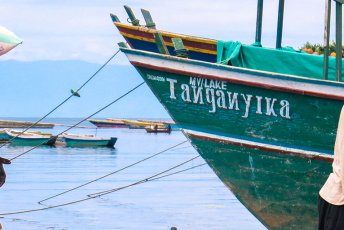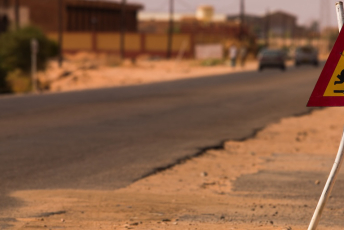The ongoing migrant crisis in Europe has placed Africa-to-Europe migration in the global spotlight in a way that is unprecedented. Since the 2013 Lampedusa migrant boat disaster, more than 15 000 migrant deaths have been recorded in the Mediterranean Sea.
As a result, media and policy makers have been paying closer attention to the abuse and victimisation of migrants in the North African region. However, the migration of Africans moving within the continent – particularly from the Horn towards Southern Africa – is an important matter that is comparatively understudied.
Perhaps because relatively fewer people move southwards, the migrant abuses, deaths and incidents of human trafficking associated with this route also receive far less emphasis in continental and international policy debates.
Since 1994, South Africa has been one of the most popular destination countries for African migrants and refugees moving southwards, primarily because of economic opportunities and its relatively stable political climate. Legal loopholes and government corruption also make it easier for illegal immigrants to cross its borders.
Most African migrants to South Africa come from neighbouring countries Zimbabwe, Mozambique, Lesotho, and Malawi. Only 7.3% of migration is estimated to come from countries outside of the Southern African Development Community. The longest journeys are by those coming from the Horn of Africa. In 2017, an estimated 13 400 to 14 050 Ethiopian and Somali migrants and refugees travelled through Kenya, Tanzania, Malawi, Mozambique, Zambia and Zimbabwe to South Africa.
Smugglers play a key role in the movement of migrants into South Africa. According to a report by the Regional Mixed Migration Secretariat published in March 2017, 97% percent of Ethiopians and Somalis interviewed in South Africa between 2014 and 2016 used smugglers to facilitate their journeys. The price for this service ranged from US$2 500 to US$5 000.
However, some migrants don’t survive the journey. ENACT media monitoring research looking at Southern Africa in 2016 and 2017 revealed that this route can be deadly. For example, in June 2016, lack of airflow in a truck carrying more than 100 Ethiopian migrants resulted in the deaths of 19 migrants in Zambia. Similarly, in December 2017, the bodies of 13 Somali migrants – believed to have suffocated in a container truck – were found dumped in a bush in Mozambique.
The media monitoring research also suggests a high volume of human trafficking incidents in South Africa in recent years: 58 in just 2016 and 2017 alone. Nearly half of these incidents involved individuals from 10 other African countries, meaning that international as well as domestic trafficking is prevalent in South Africa. The form of work or industry most commonly mentioned alongside trafficking in South African news reports is prostitution and sex work, followed by labour such as unpaid work in mines.
If policy makers are sincerely interested in the fates of African migrants and trafficked persons, beyond the impact of their arrival in Europe, more attention is needed on southern migration: particularly to expose abuse and victimisation and improve policy responses to the issue. Investigative reporting can and should play a key role in this process, particularly in reporting that exposes truthful accounts of migrants’ and victims’ experiences.
Ciara Aucoin, senior research consultant, and Edwin Hlase, research consultant, ENACT project, ISS







